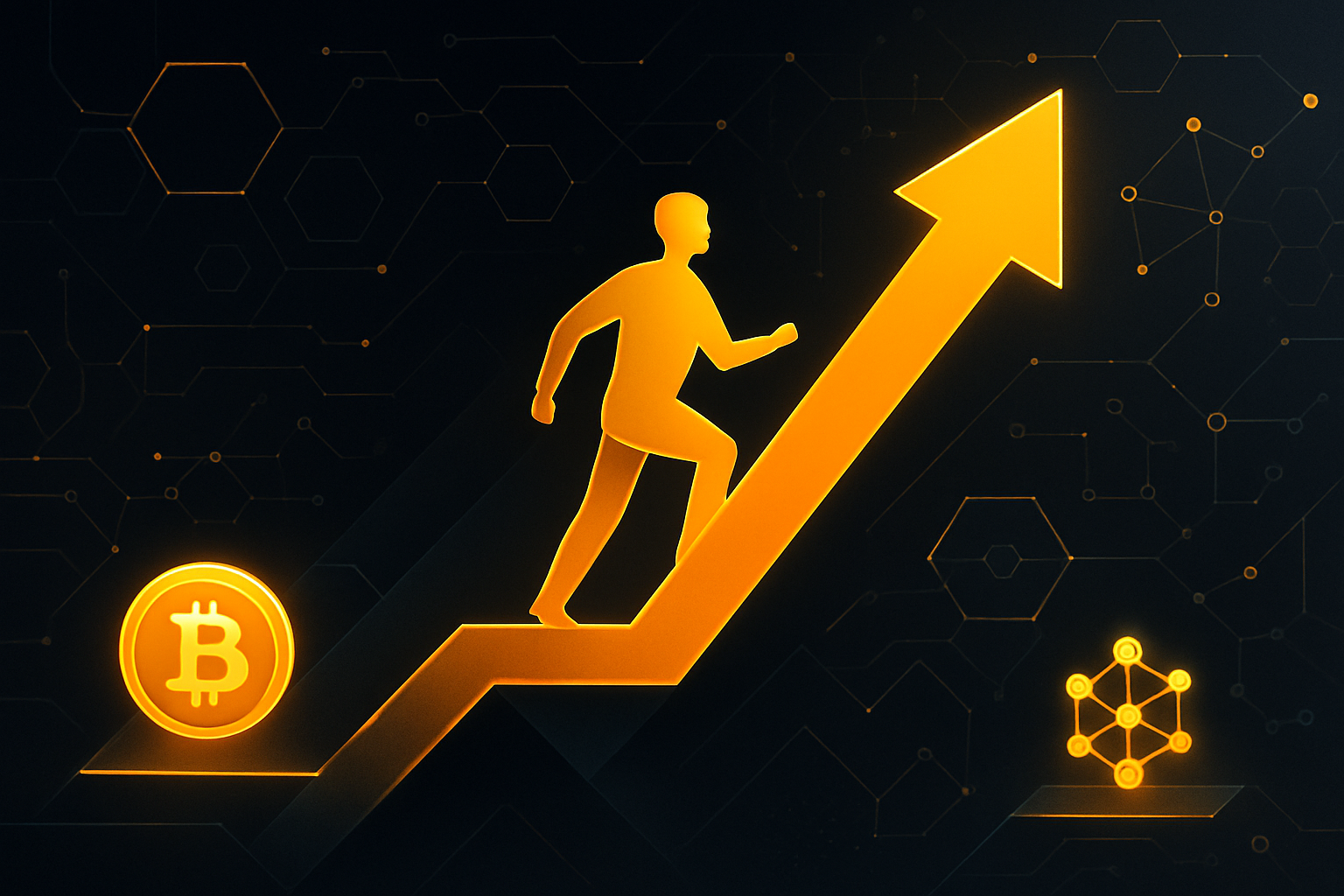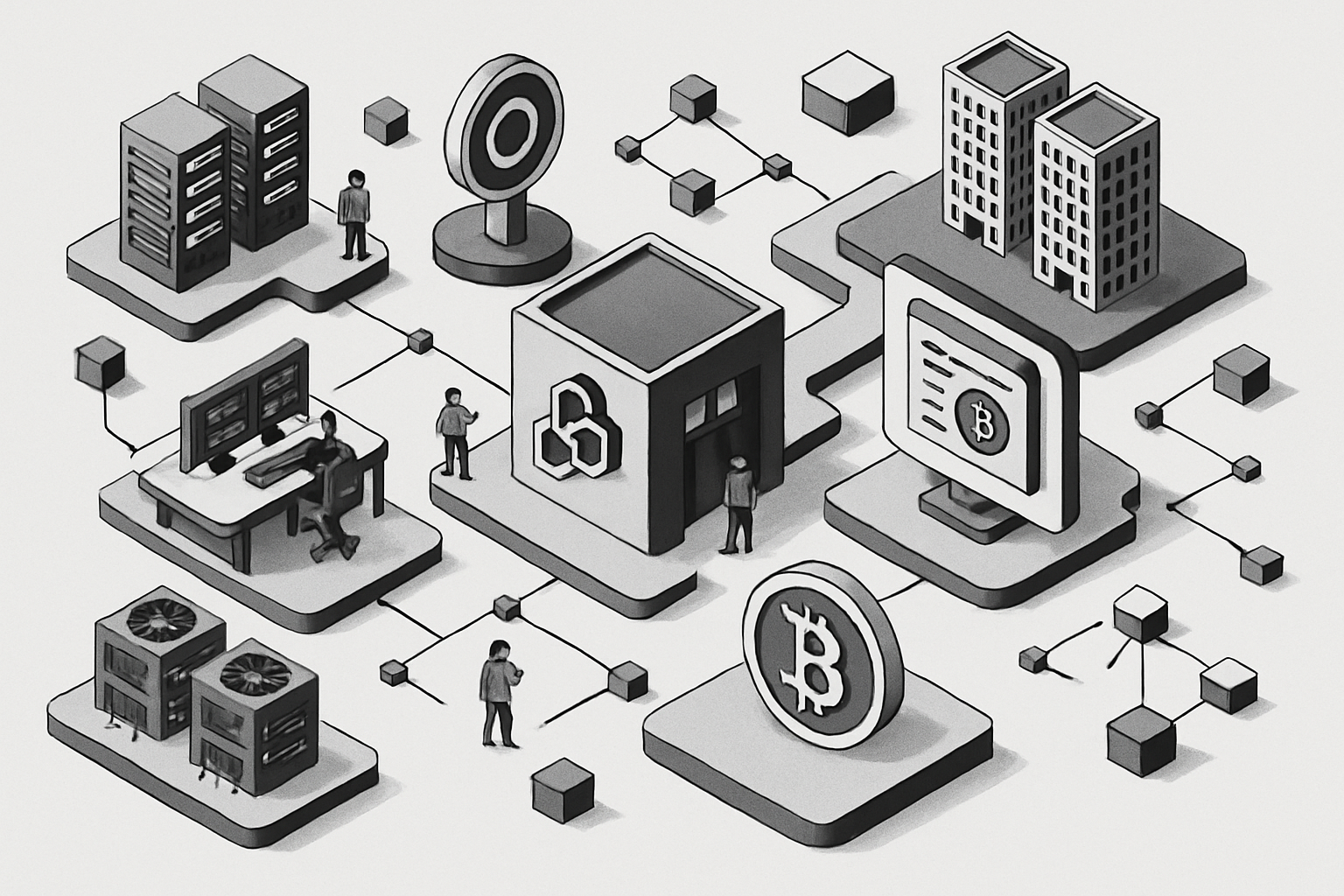
Solana’s much-anticipated Alpenglow upgrade is poised to transform the blockchain landscape by slashing transaction finality from 12.8 seconds to a remarkable 100,150 milliseconds. For a network already recognized for its throughput, this is more than a technical milestone, it’s a strategic leap toward real-time, Web2-level user experiences and a direct challenge to Ethereum’s slower confirmation cycles. As of September 2025, Solana trades at $237.86, reflecting both market confidence and high expectations as the Q1 2026 mainnet deployment draws closer.
Alpenglow: Sub-Second Finality and Its Technical Foundations
At the heart of Alpenglow are two innovations: Votor and Rotor. Votor replaces the legacy Tower BFT with a dual-round voting mechanism that can achieve block finality in as little as one round if 80% of stake is online, or within two rounds at 60% participation. Rotor, meanwhile, overhauls Solana’s data propagation by moving beyond proof-of-history timestamping to enable lightning-fast dissemination of transaction data across validators.
This new architecture not only accelerates consensus but also introduces a “20 and 20” fault-tolerance model. The network can now withstand simultaneous attacks or outages affecting up to 40% of validators, 20% malicious, 20% offline, without halting operations. Coupled with cost-saving measures like the flat “Admission Ticket” fee for validator participation, Alpenglow positions Solana as a contender not just among blockchains but also against traditional financial infrastructure.
The Modular DA Advantage: Why Speed Matters
The implications for modular data availability (DA) solutions are profound. In modular blockchain architectures, DA layers are decoupled from execution and consensus, meaning that rapid finality directly enhances how quickly data can be made available and verified for rollups or layer-2s building atop Solana. Sub-second finality shrinks the latency between transaction submission and verifiable data availability, a critical factor for high-frequency trading platforms, real-time gaming environments, and instant payment rails.
For developers targeting these use cases, Alpenglow’s speed unlocks new architectural possibilities while reducing risks associated with delayed DA confirmations or potential reorgs. As dApps prepare for compatibility audits ahead of mainnet launch (source), expect an influx of projects leveraging this low-latency environment to push the boundaries of what decentralized applications can deliver.
Solana (SOL) Price Prediction Post-Alpenglow Upgrade (2026-2031)
Forecasted SOL price ranges incorporating the impact of the Alpenglow upgrade, technology adoption, and market trends.
| Year | Minimum Price (Bearish) | Average Price (Base Case) | Maximum Price (Bullish) | Year-over-Year Change (Avg) | Market Scenario Insights |
|---|---|---|---|---|---|
| 2026 | $205.00 | $285.00 | $420.00 | +20% | Alpenglow mainnet launch brings sub-second finality; rapid adoption in DeFi/gaming, but initial volatility as upgrade impact is priced in. |
| 2027 | $240.00 | $345.00 | $570.00 | +21% | Sustained dApp and modular DA solution growth; increased institutional interest, but competition from Ethereum and modular chains persists. |
| 2028 | $260.00 | $410.00 | $680.00 | +19% | Expanding real-world use cases (instant payments, HFT); regulatory clarity improves, but global macro headwinds affect risk assets. |
| 2029 | $285.00 | $470.00 | $825.00 | +15% | Solana becomes preferred chain for high-speed apps; network effects deepen, but scaling debates and new competitors emerge. |
| 2030 | $320.00 | $540.00 | $1,020.00 | +15% | Widespread enterprise and fintech adoption; modular DA solutions mature, driving ecosystem growth, but periodic corrections occur. |
| 2031 | $370.00 | $610.00 | $1,200.00 | +13% | Solana cements position as leading high-throughput blockchain; potential for new cycle highs, but faces regulatory and technological uncertainties. |
Price Prediction Summary
Solana’s Alpenglow upgrade is expected to significantly enhance the network’s speed, efficiency, and security, catalyzing new adoption in real-time applications and modular DA solutions. This positions SOL for strong growth, especially as DeFi, gaming, and fintech use cases expand. While the upgrade provides a bullish backdrop, market cycles, competition, and regulatory factors will continue to drive volatility and price ranges. The average price is projected to more than double by 2031 compared to 2025, with maximum bullish scenarios reaching above $1,000 per SOL if adoption accelerates and macro conditions are favorable.
Key Factors Affecting Solana Price
- Successful mainnet deployment and adoption of Alpenglow upgrade (sub-second finality, cost reduction, enhanced fault tolerance)
- Broader adoption of modular DA solutions and high-speed dApps on Solana
- Regulatory developments affecting the broader crypto market and Solana specifically
- Competition from Ethereum, modular blockchains, and emerging L1/L2 solutions
- Global macroeconomic conditions impacting risk appetite and capital inflows
- Sustained network security, resilience against attacks, and validator participation
- Continued innovation in DeFi, gaming, and real-world asset tokenization on Solana
Disclaimer: Cryptocurrency price predictions are speculative and based on current market analysis.
Actual prices may vary significantly due to market volatility, regulatory changes, and other factors.
Always do your own research before making investment decisions.
Market Impact: Valuation Meets Velocity
The current $237.86 price point for Binance-Peg SOL reflects investor anticipation around these upgrades but also sets the stage for volatility as rollout approaches (source). Historically, protocol upgrades that deliver on scalability and user experience have catalyzed institutional interest, especially when they close the gap with Web2 performance standards.
Key Takeaways So Far:
- Sub-second finality is no longer theoretical, Alpenglow makes it operationally viable on one of crypto’s most prominent networks.
- Validator resiliency, lower costs, and new consensus mechanics reinforce Solana’s long-term security profile.
- Modular DA solutions stand to benefit directly, enabling next-generation dApps that were previously impractical on slower chains.




